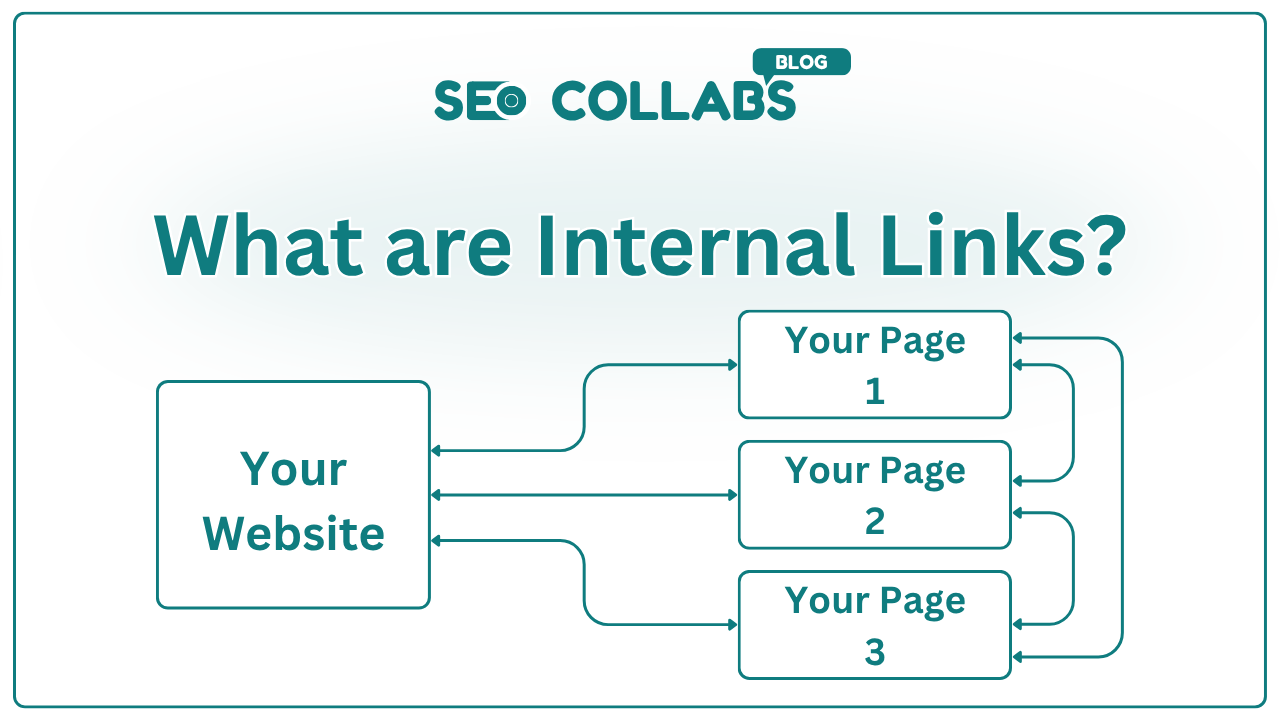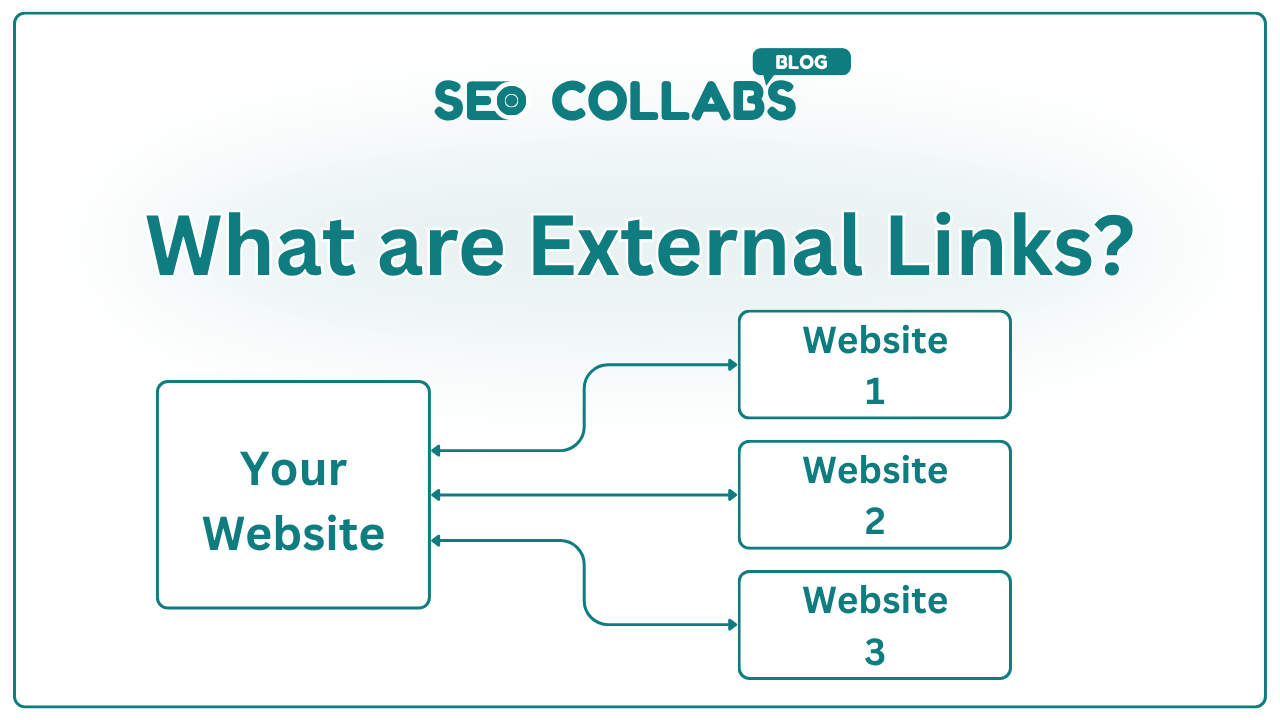In the world of SEO, links are the backbone of website authority and user experience. But not all links are created equal. Understanding the distinction between internal links (linking within your own site) and external links (linking to or from other sites) is critical for optimizing your strategy. Let’s break down their roles, SEO impacts, and best practices to harness their power effectively.
Table of Contents
What are Internal Links?

Internal links connect pages or resources within the same domain. For example
- Linking from a blog post to a product page.
- Navigating from your homepage to a service guide.
Why They Matter
- SEO Site Structure: Help search engines crawl and index pages, establishing content hierarchy.
- Link Equity Distribution: Pass authority (PageRank) from high-performing pages to newer or lesser-known content.
- User Experience (UX): Guide visitors to related content, reducing bounce rates and increasing engagement.
Best Practices for Internal Links
- Use descriptive anchor text (e.g., “Read our complete guide to SEO” instead of “Click here”).
- Link to cornerstone content (e.g., pillar pages) to boost their rankings.
- Fix broken links promptly with tools like Screaming Frog or Ahrefs.
What Are External Links?

External links point outside your domain. They come in two forms:
- Outbound Links: Links from your site to others.
- Backlinks: Links from other sites to yours.
Why They Matter
- Credibility Signals: Linking to authoritative sources (e.g., .gov or .edu sites) boosts trust.
- Backlink Authority: High-quality backlinks improve Domain Authority (DA) and rankings.
- Nofollow vs. Dofollow: Use rel=”nofollow” for untrusted links (e.g., user-generated content) to avoid passing SEO value.
Here is in-depth guide that shares importance of external links in the SEO.
Also Read
Best Practices for External Links
- Prioritize relevance (e.g., a fitness blog linking to a medical study).
- Audit backlinks regularly to disavow toxic links via Google Search Console.
- Balance dofollow/nofollow links to maintain a natural profile.
Key Differences of Internal vs. External Links
| Factor | Internal Links | External Links |
| Direction | Stay within the same domain. | Point to or come from external domains. |
| SEO Focus | Improve crawlability and UX. | Build authority and credibility. |
| Control | Fully controlled by you. | Backlinks depend on others’ willingness. |
| Anchor Text | Optimized for relevance and keywords. | Varies (often branded for backlinks). |
| Risk | Low (if structured well). | High if linking to spam or toxic sites. |
How They Work Together for SEO Success
- Content Depth: Use internal links to guide users to related articles, while citing external sources to add credibility.
- Ranking Power: Strong backlinks (external) boost overall domain authority, enhancing the value of internal links.
- User Journey: Internal links keep visitors engaged, while external links provide additional resources.
Example:
A recipe blog links to its own “Kitchen Tools Guide” (internal) and cites a Harvard study on nutrition (external). This balances UX and authority.
Common Myths Debunked
- Myth 1: “External links leak SEO authority.”
- Truth: Linking to trusted sites enhances credibility. Only spammy links hurt.
- Myth 2: “More internal links always improve SEO.”
- Truth: Overlinking can dilute focus. Prioritize quality over quantity.
Actionable Tips for Balancing Both
- Audit Regularly: Use tools like SEMrush or Moz to check internal/external link health.
- Fix Broken Links: Broken internal links frustrate users; broken external links waste SEO equity.
- Prioritize Relevance: Link to content that adds internal or external value.
Conclusion
Internal and external links serve distinct but complementary roles. Internal links structure your site and keep users engaged, while external links build authority and trust. Mastering both creates a holistic SEO strategy that drives rankings, traffic, and credibility.

Ready to Optimize Your Linking Strategy?
Audit your site today, balance internal and external links, and watch your SEO soar!
Pro Tip: Use platforms like SEO Collabs to ethically build external backlinks while streamlining internal linking with AI-driven tools.




